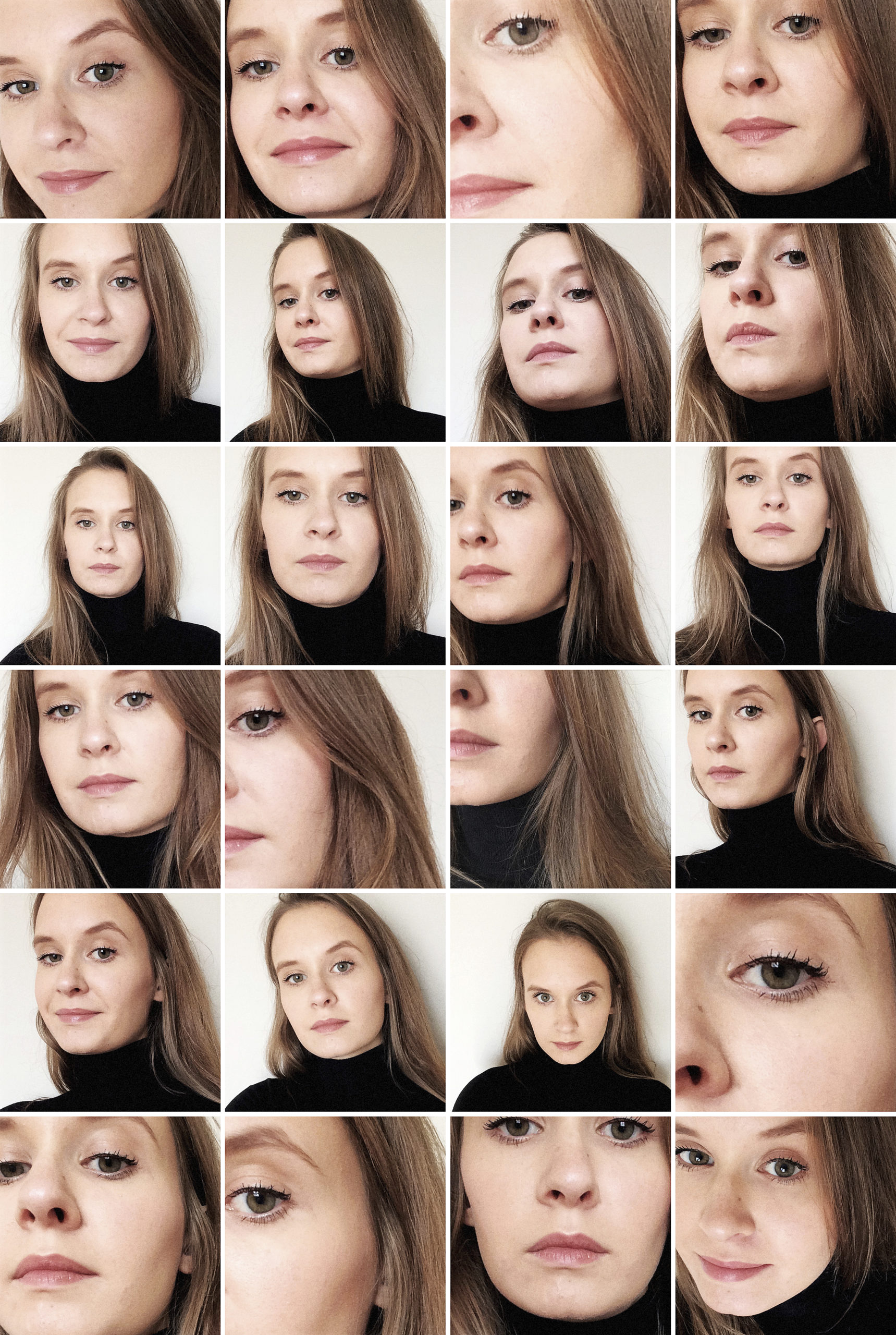

degree piece
Design of biodegradable shoe uppers dedicated to second-hand soles. The aim of the design is to prolong the life of footwear. The shoe uppers are made of hemp, and their colour has been obtained thanks to the use of natural colourants. In order to prevent the use of artificial glues in the production process, the shoe uppers are fastened to the sole by sewing. Then, in the recycling process, the rubber sole can be sent for further processing and the shoe upper that goes to the landfill is not harmful to the environment.

Born 1995. Studies: Faculty of Design (2016–2020) and Faculty of Graphic Arts (since 2020) of the Academy of Fine Arts in Warsaw. An award for the Fantasy design in the Danone – Design of the Future competition (2019). She took part in the exhibition Warsaw in Action, the Rotational Cultural Centre in Jazdów, Warsaw, 2020. She completed her apprenticeship in Beza Projekt. A co-creator of the brand image in companies: Bim Bla, Ala ma kota, wypchaj się.
supervisor: Dr hab. Grzegorz Niwiński, Assoc. Prof.
Kamila Cembor’s degree piece changes the paradigm of traditional design, according to which the designer should create new objects that make our life easier or more beautiful. In this case, the sense of excess and ecological threats posed by production resulted in searching for alternative product creation models. The student chose a particularly difficult field of research – the manufacture of footwear. Manufactured in billions of pieces, due to their complex multi-part and multi-material structure and hygienic properties, shoes are one of the wastes subject to recycling or reuse only to a minimum extent. In general, they are sent to an incineration plant, thus contributing to the emission of CO2 and toxic gases. In her design, preceded by meticulous research on the environmental impact of the manufacture of footwear, Kamila Cembor proposed the reuse of soles cut off from the damaged upper. The top of the new shoes was created from her own hand-made biodegradable burlap, dyed with natural dyes. The top was attached to the sole by sewing, which completely eliminated the need for chemical adhesives. Kamila Cembor’s design is also a proposal of the designer’s own manufacturing activity, addressed to the customer with a high level of ecological sensitivity, focused on searching for original fashion products manufactured in short series.